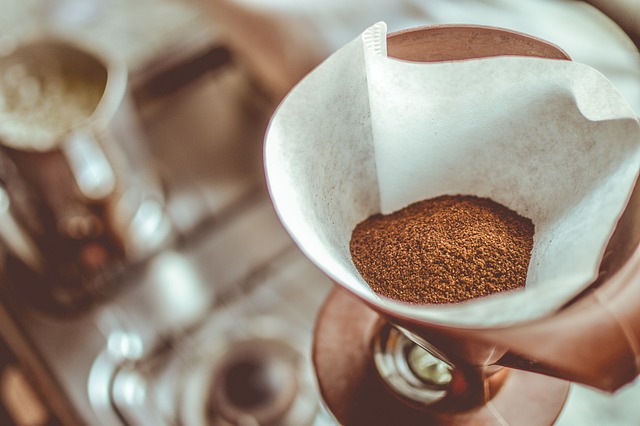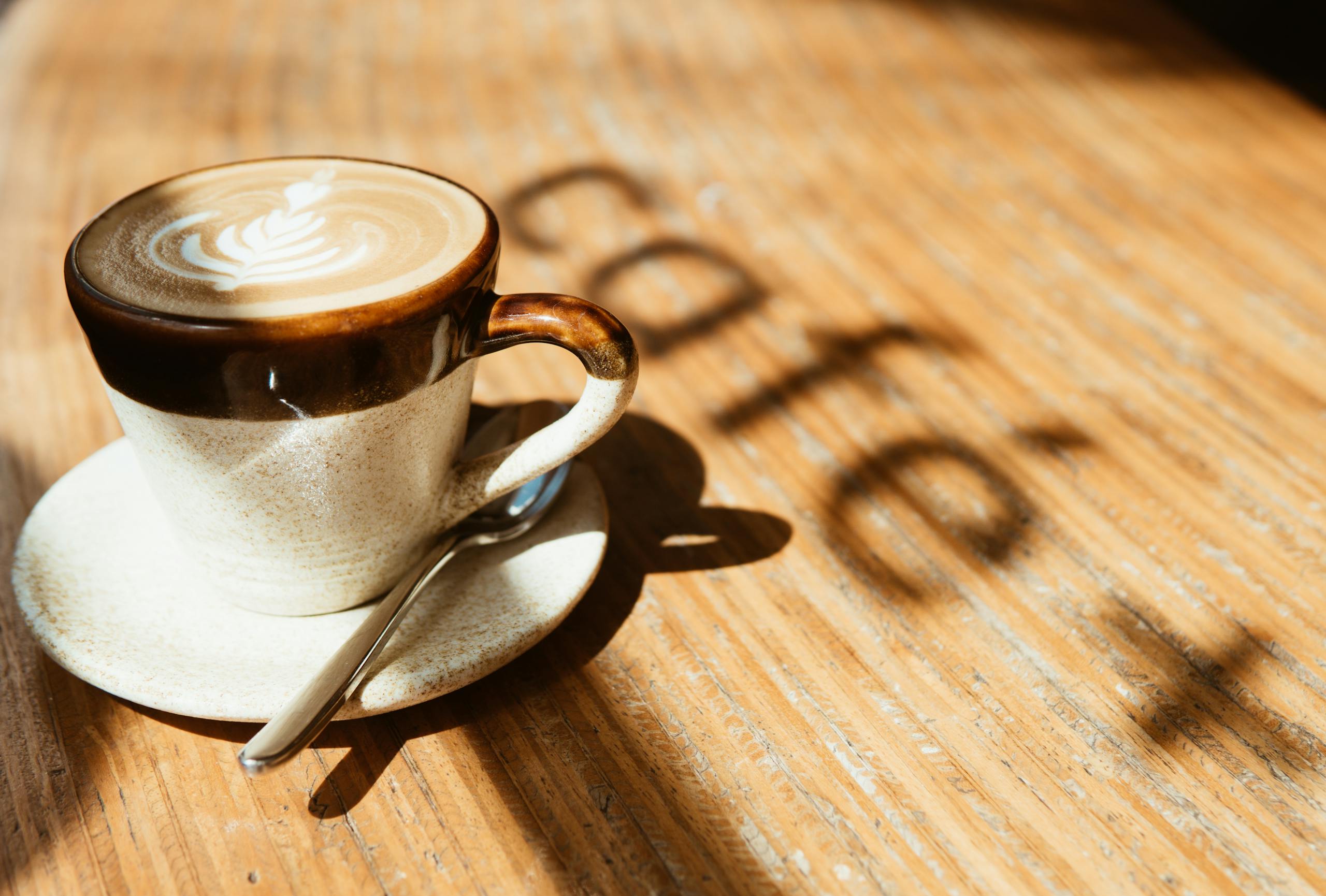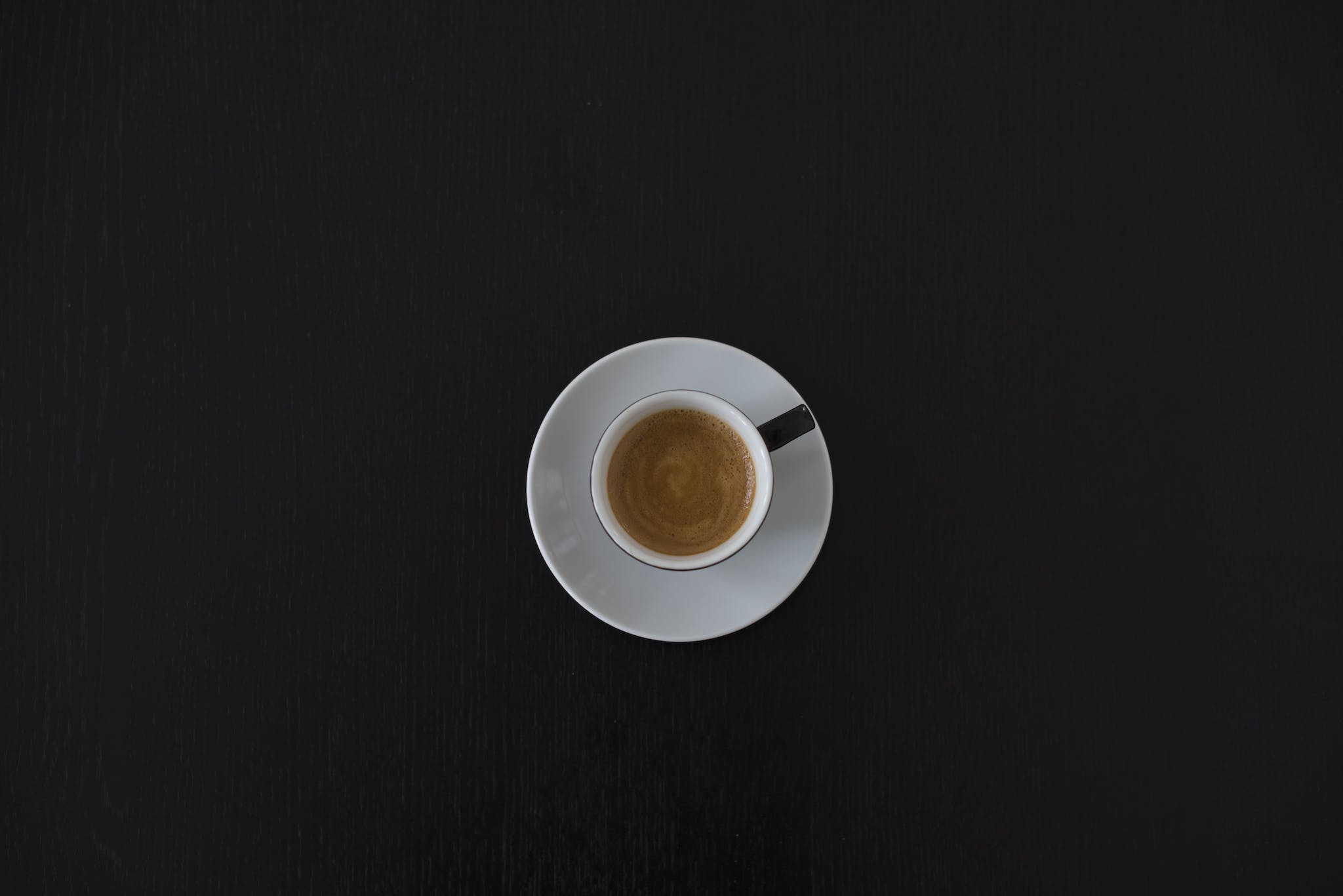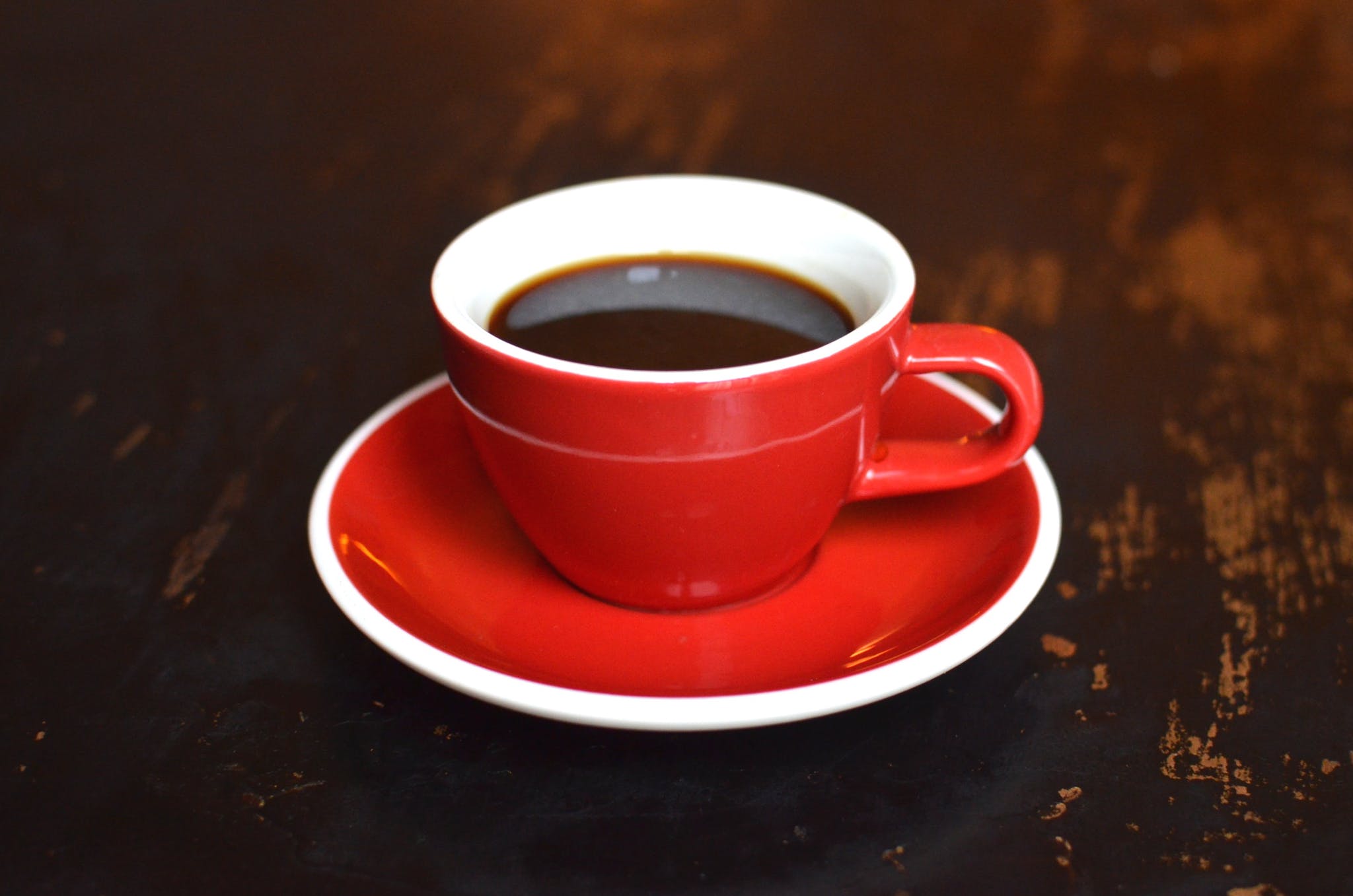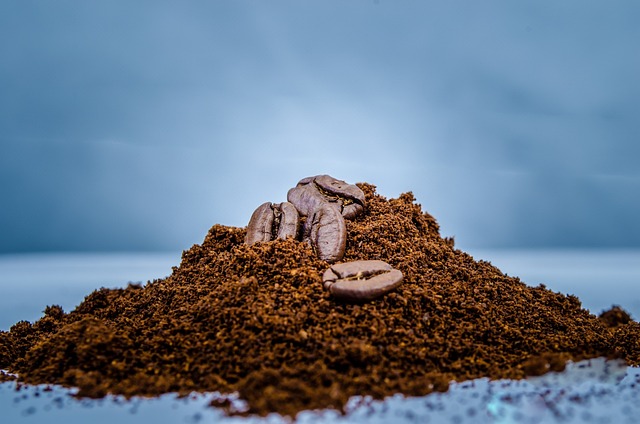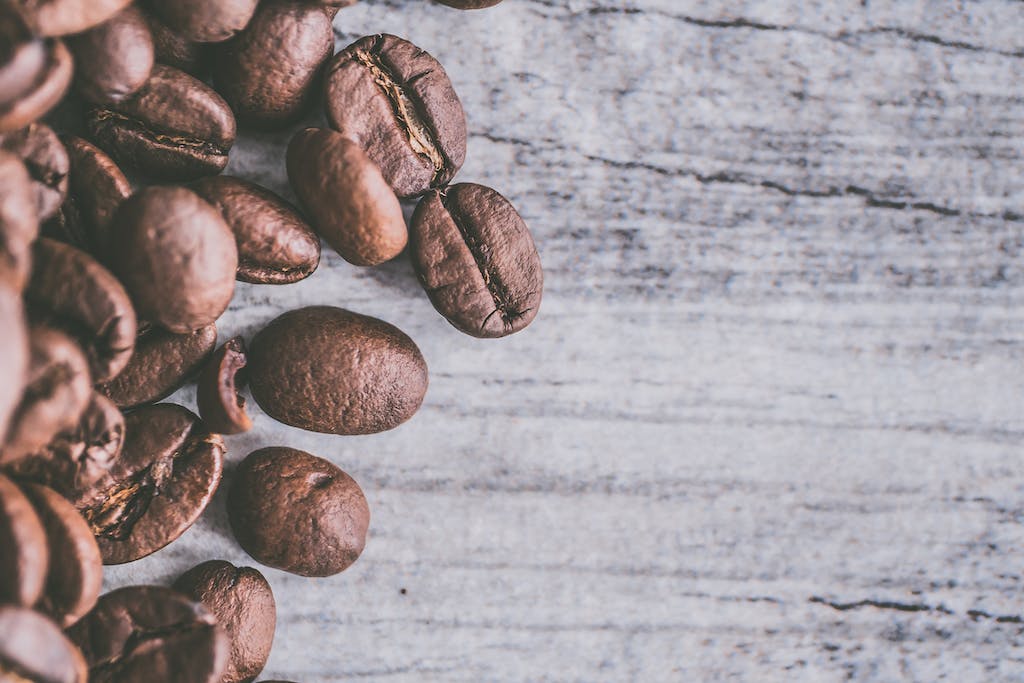Bleached vs Unbleached Coffee Filters – Which To Choose
There are some affiliate links below, but they are all products I highly recommend. For more info, view my disclosure here.
When it comes to brewing coffee, the type of filter you use can have a significant impact on the taste and quality of your cup. One of the most common debates in the coffee world is whether to use bleached or unbleached coffee filters. While both types serve the same purpose of separating coffee grounds from the liquid, they differ in terms of their environmental impact and potential impact on taste.
Bleached coffee filters are made from paper that has been treated with chlorine to give it a bright white appearance. While this process may make the filters look more visually appealing, it can also have negative effects on the environment.
Chlorine is a harsh chemical that can be harmful to both the environment and the people who work with it. On the other hand, unbleached coffee filters are made from natural paper that has not been treated with any chemicals.
This makes them a more eco-friendly option, but they may have a slightly different taste profile than their bleached counterparts. Ultimately, the decision to use bleached or unbleached coffee filters comes down to personal preference and values.
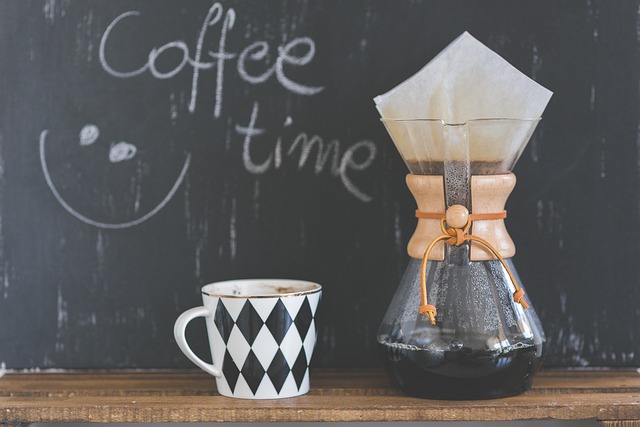
Understanding Coffee Filters
When it comes to brewing coffee, the type of coffee filter you use can greatly affect the taste and quality of your coffee. Coffee filters come in different materials and designs, each with its own pros and cons. In this section, we will explore the different types of coffee filters and their history.
Types of Coffee Filters
Paper Filters
Paper filters are the most commonly used coffee filters. They are made of paper and come in bleached and unbleached varieties. Bleached paper filters are white in color and have been treated with chemicals to remove any impurities. Unbleached paper filters are brown in color and have not been treated with chemicals.
Both types of paper filters are disposable and easy to use. They are compatible with most coffee machines and are great for making drip coffee. However, some people argue that the chemicals used in bleached paper filters can affect the taste of the coffee.
Metal Filters
Metal filters are reusable and come in different designs, such as mesh or perforated. They are compatible with pour-over coffee methods and French presses. Metal filters are great for people who want to reduce their waste and save money in the long run. However, they require more maintenance than paper filters, as they need to be cleaned thoroughly after each use.
Cloth Filters
Cloth filters are reusable and made of cotton or hemp. They are compatible with pour-over coffee methods and are great for people who want to reduce their waste. However, they require more maintenance than paper filters, as they need to be washed thoroughly after each use.
History of Coffee Filters
The first coffee filter was invented by Melitta Bentz in 1908. She was tired of finding coffee grounds in her cup and decided to invent a way to filter them out. She used a brass pot and a piece of blotting paper to create the first coffee filter. Her invention became popular and she started selling coffee filters in Germany.
Since then, coffee filters have evolved to include different materials and designs. The drip coffee machine was invented in the 1950s, which made brewing coffee more convenient and accessible to the masses. Today, coffee filters are an essential part of brewing coffee and come in a variety of options to suit different preferences.
Bleached vs Unbleached Filters
If you’re a coffee lover, you’ve probably noticed that there are two types of coffee filters available in the market: bleached and unbleached. While both types serve the same purpose, there are some differences between them that you should be aware of. In this section, we’ll compare bleached and unbleached coffee filters and help you decide which one is right for you.
Visual and Material Differences
The most obvious difference between bleached and unbleached coffee filters is their appearance. Bleached filters are white, while unbleached filters are brown. This is because unbleached filters are made from natural, unbleached paper, while bleached filters are made from paper that has been chemically treated to remove the natural color.
In terms of material, unbleached filters are usually thicker and more porous than bleached filters. This means that they may allow more coffee oils and sediment to pass through, which can result in a slightly stronger and more full-bodied cup of coffee.
Bleaching Process Explained
Bleached coffee filters are typically bleached using either chlorine or oxygen. Chlorine bleaching is a more traditional method that has been used for many years. However, it has fallen out of favor in recent years due to concerns about the environmental impact of chlorine bleach.
Oxygen bleaching, on the other hand, is a newer and more environmentally friendly method of bleaching coffee filters. It uses oxygen instead of chlorine to whiten the paper. This results in a filter that is free from harmful chemicals and has a more natural taste.
Taste and Flavor Considerations
One of the main concerns that coffee lovers have when it comes to coffee filters is the taste of the coffee. Some people believe that bleached filters can give coffee a papery taste, while others argue that unbleached filters can result in a muddy or gritty cup of coffee.
In reality, the taste and flavor of your coffee will depend on a variety of factors, including the quality of the coffee beans, the brewing method, and your personal preferences. While there may be some subtle differences in taste between bleached and unbleached filters, they are unlikely to be significant enough to make a noticeable difference to most coffee drinkers.
Both bleached and unbleached coffee filters have their pros and cons. If you’re concerned about the environmental impact of your coffee filters, or if you prefer a more natural taste, then unbleached filters may be the way to go. However, if you’re looking for a filter that is more reliable and consistent, then bleached filters may be a better option. Ultimately, the choice is yours.
Health and Environmental Concerns
Chemical Residue and Health
When it comes to coffee filters, one of the main concerns is the potential presence of chemical residues. Bleached coffee filters are often treated with chemicals such as hydrogen peroxide and sodium percarbonate during the bleaching process. While these chemicals are generally considered safe in small amounts, there is some concern about the potential health effects of long-term exposure.
Unbleached coffee filters, on the other hand, do not undergo the bleaching process and are therefore free of chemical residues. This makes them a healthier choice for those who are concerned about potential health risks associated with chemical exposure.
Environmental Impact of Filter Production
The production of coffee filters, whether bleached or unbleached, has an impact on the environment. Paper mills, where the filters are produced, can be a significant source of pollution. The bleaching process used in the production of bleached coffee filters also has the potential to release toxic chemicals into the environment.
Unbleached coffee filters, however, have a lower environmental impact than their bleached counterparts. The production process for unbleached filters does not involve the use of chlorine or other bleaching agents, which reduces the amount of pollution generated during production.
Overall, while both bleached and unbleached coffee filters have their pros and cons, it is clear that unbleached filters are the better choice when it comes to both health and environmental concerns.
Choosing the Right Filter for Your Coffee
When it comes to brewing coffee, choosing the right filter can be just as important as selecting the right beans and brewing method. With so many options available, it can be overwhelming to determine which filter is best for your needs. In this section, we’ll explore the differences between bleached and unbleached coffee filters to help you make an informed decision.
Compatibility with Brewing Methods
The type of filter you choose should be compatible with your preferred brewing method. For example, basket filters are typically used with drip coffee makers, while cone-shaped filters are commonly used with pour-over methods. If you’re unsure which filter to use, consult your brew guide or the manufacturer’s instructions for your coffee maker.
Filter Quality and Coffee Taste
The quality of your filter can also impact the taste of your coffee. Good quality coffee filters should be able to trap the coffee grounds while allowing the flavorful oils to pass through. Bleached filters are often considered to have a milder taste, while unbleached filters may impart a slight paper taste to your coffee.
It’s important to note that the quality of your coffee grounds and water also play a significant role in the overall taste of your coffee. Therefore, it’s recommended to use good quality coffee filters in conjunction with high-quality beans and water for the best possible taste.
In summary, choosing the right coffee filter can make a noticeable difference in the taste of your coffee. Consider the compatibility with your brewing method and the quality of the filter when making your selection. With the right filter, you can enjoy a delicious, flavorful cup of coffee every time.

Tips and Tricks for Coffee Enthusiasts
As a coffee enthusiast, you know that the taste and quality of your coffee depend on several factors, including the type of coffee filter you use. Here are some tips and tricks to help you get the best cup of coffee using bleached or unbleached coffee filters.
Use a Second Rinse
Whether you are using bleached or unbleached coffee filters, it is essential to rinse them with hot water before adding coffee grounds. This process removes any paper taste and preheats the filter, which helps to extract the coffee’s full flavor.
However, rinsing your coffee filter once may not be enough. You can try a second rinse to ensure that all the paper taste is gone. This simple step can make a significant difference in the taste of your coffee.
Choose a New Coffee Filter
If you are using an old or reused coffee filter, it can affect the quality and taste of your coffee. Old coffee filters can have leftover oils and coffee grounds that can spoil the taste of your coffee. Therefore, it is recommended to use a new coffee filter every time you make coffee.
Use the Best Way
Brewing coffee is an art, and there are several ways to make a good cup of coffee. However, some methods are better suited to certain types of coffee filters. For example, pour-over coffee makers work well with unbleached coffee filters, while automatic drip coffee makers work better with bleached coffee filters.
It is essential to use the best way to brew your coffee, depending on the type of coffee filter you are using. This can help you get the best taste and quality from your coffee.

Be a Coffee Aficionado
As a coffee aficionado, you know that the type of coffee filter you use can affect the taste of your coffee. Bleached coffee filters are processed with chlorine, which can affect the taste and aroma of your coffee. On the other hand, unbleached coffee filters are made of natural materials and do not contain any chemicals that can alter the taste of your coffee.
Therefore, if you are a coffee aficionado, you may prefer to use unbleached coffee filters to get a more natural and authentic coffee flavor.
Whether you choose bleached or unbleached coffee filters, following these tips and tricks can help you get a better cup of coffee. Remember to rinse your coffee filter, use a new one every time, use the best way to brew your coffee, and be a coffee aficionado to get the best taste and quality from your coffee.
Prefer using a French press? Check out the Benefits of French Press Coffee: Guide for Rich Brew!

